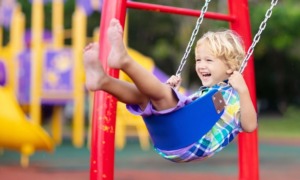Joy Dryfoos
Coalition for Community Schools
Of the 49 community school initiatives that submitted self-evaluations for this study, 36 reported academic gains since the programs’ inceptions. General success was determined mainly by four factors: learning and achievement (including academic gains), social behavior and healthy youth development, family well-being and community life. Dryfoos concludes that “community school initiatives are moving in the right direction.” Most of the academic gains were in math and reading scores; 11 schools reported reductions in substance abuse, teen pregnancy, disruptive behavior in the classroom or improvement in general behavior; at least 12 programs reported increases in parent involvement. The Success Program in Des Moines Public Schools reported that as a result of putting full-time nurses in schools, 97 percent of the children were immunized.
The report acknowledges that the research is limited, given the great variety in the programs’ ages, types and quality of self-evaluations. However, the bulk of this report contains program descriptions, which show some of what statistics cannot. The report also reviews common characteristics of community schools, including being open to the community before, during and after school hours, and being jointly operated by a school system and one or more community organizations. 45 pages. Free. Available online only. Coalition for Community Schools, 1001 Connecticut Ave., NW, Ste. 310, Washington, DC 20036. (202) 822-8405. www.communityschools.org.
– Amy Bracken































